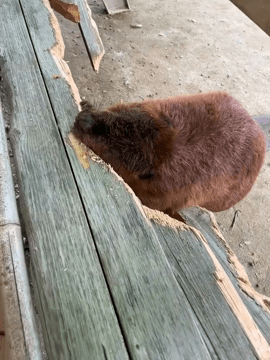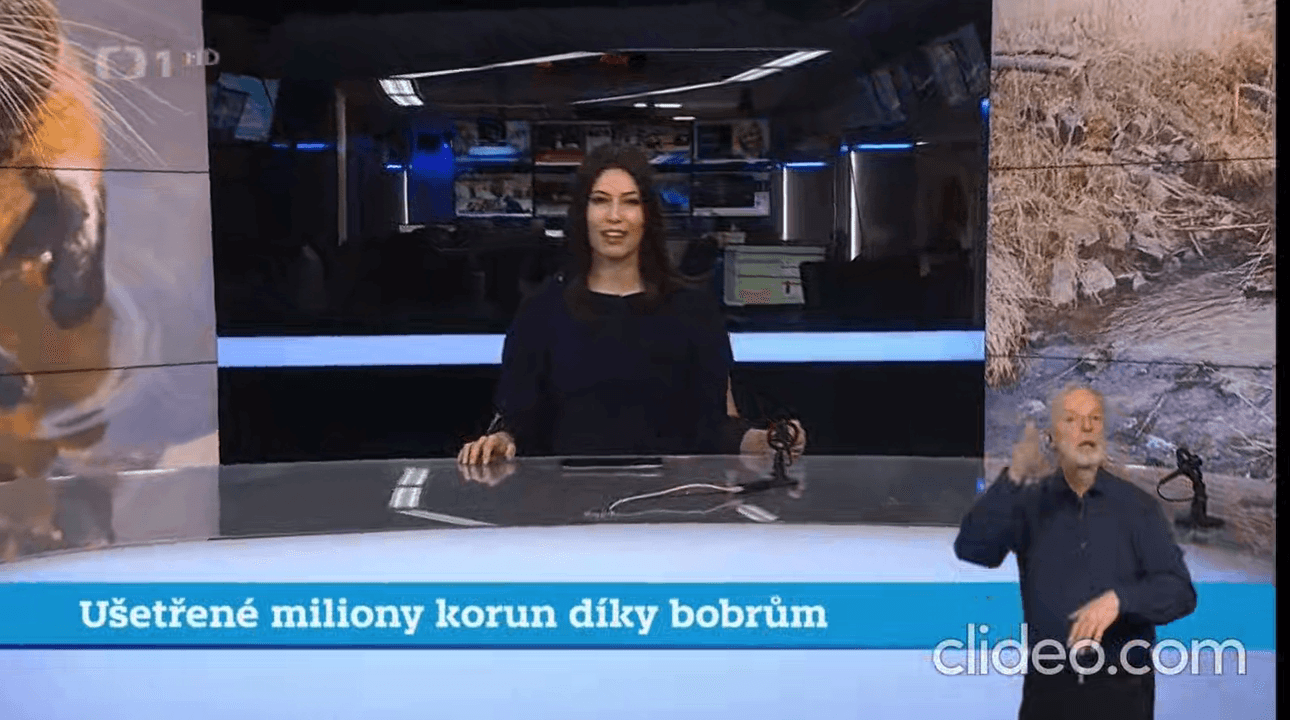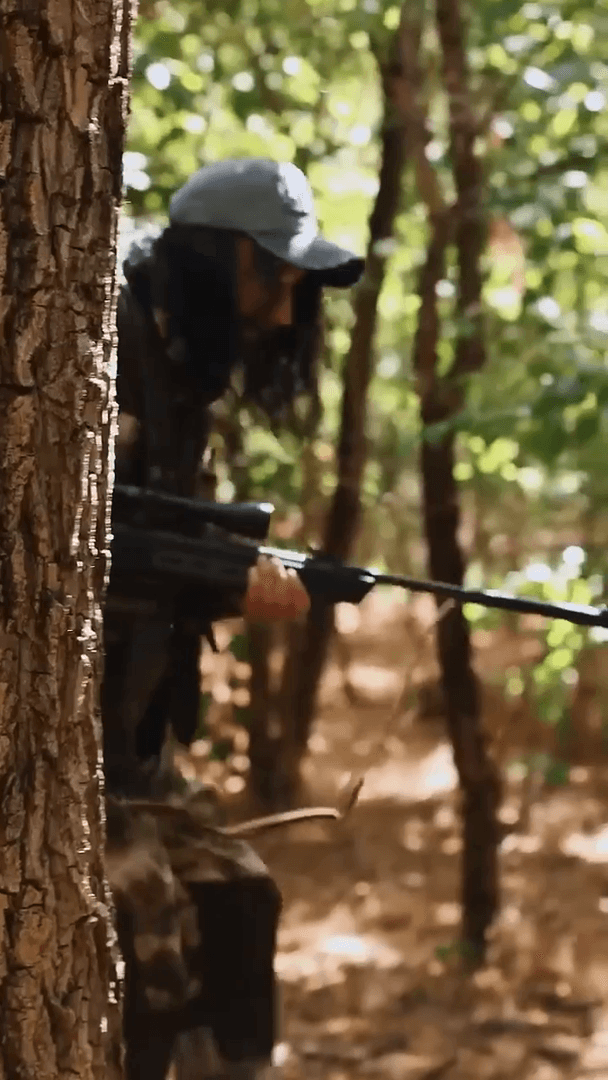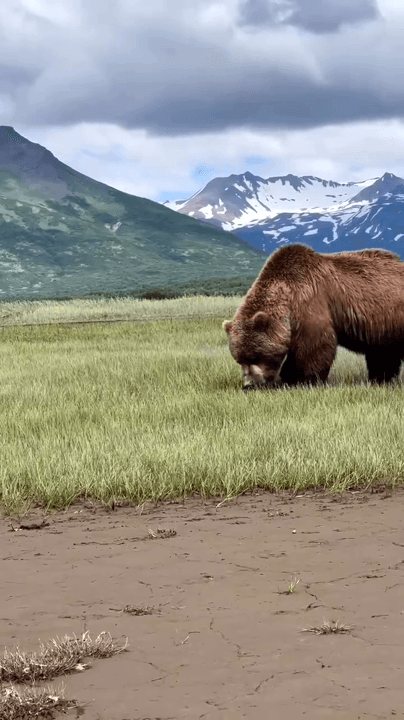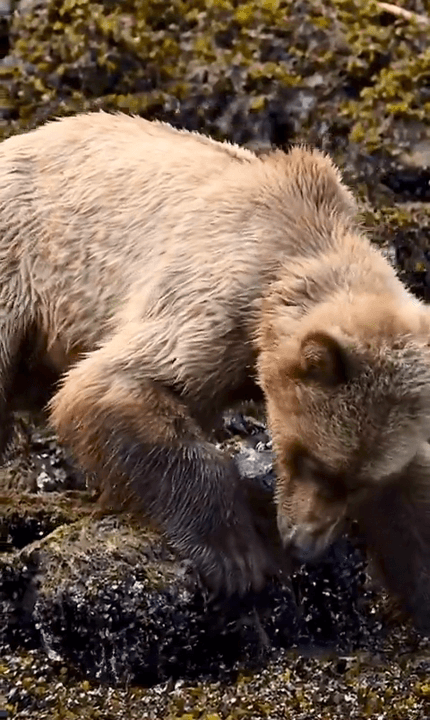
Hundred of Beavers by Mike Cheslik is the best movie I've seen in a while. Highly recommend it. JEAN KAYAK finds himself stranded in a surreal winter landscape with nothing but his dim wits to guide him. Against a backdrop of ruthless elements and sinister creatures - all played by actors in full-sized mascot costumes – KAYAK develops increasingly complex traps in order to win the hand of a mischievous lover. Directed by Mike Cheslik Written by Mike Cheslik and Ryland Brickson Cole Tews Produced by Kurt Ravenwood, Matt Sabljak, Ryland Brickson Cole Tews, Sam Hogerton Cinematography by Quinn Hester Starring: Ryland Brickson Cole Tews, Olivia Graves, Wes Tank, Doug Mancheski, Luis Rico https://www.hundredsofbeavers.com/
Post: 9 August 20:32

